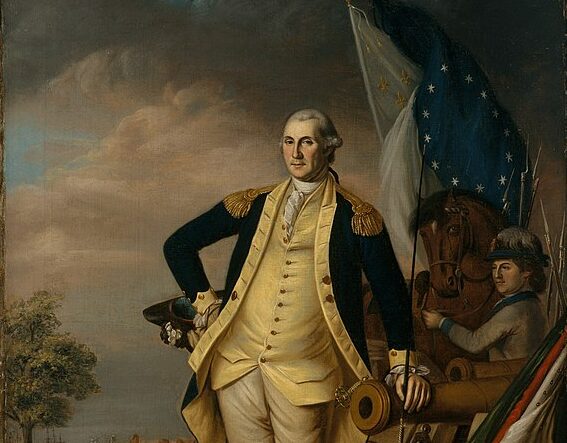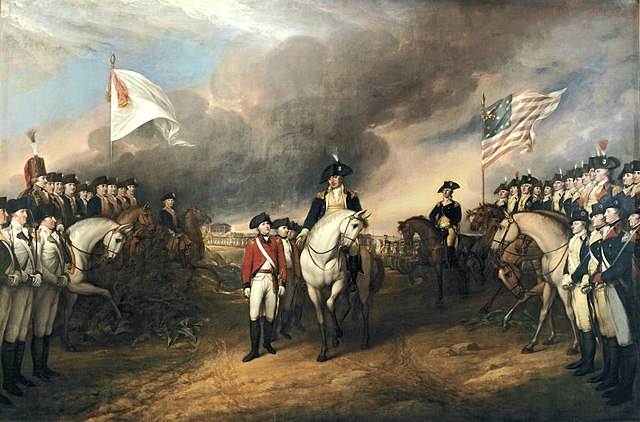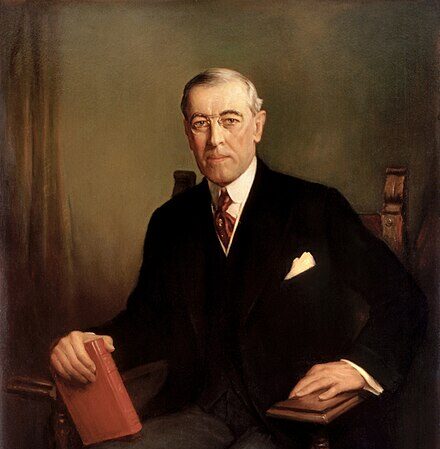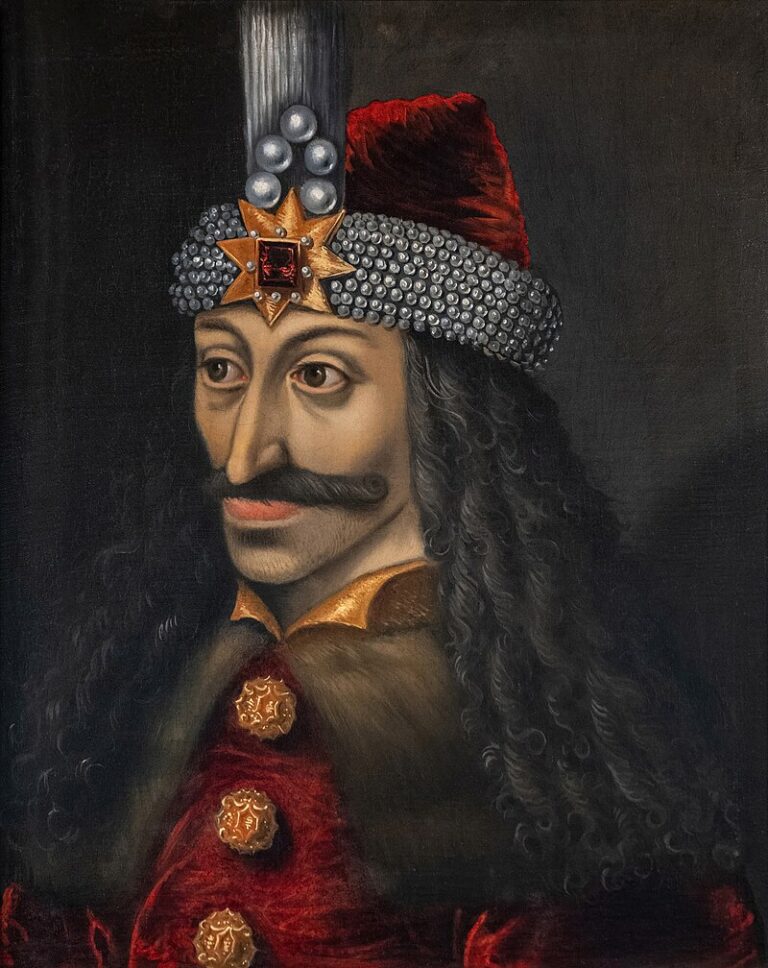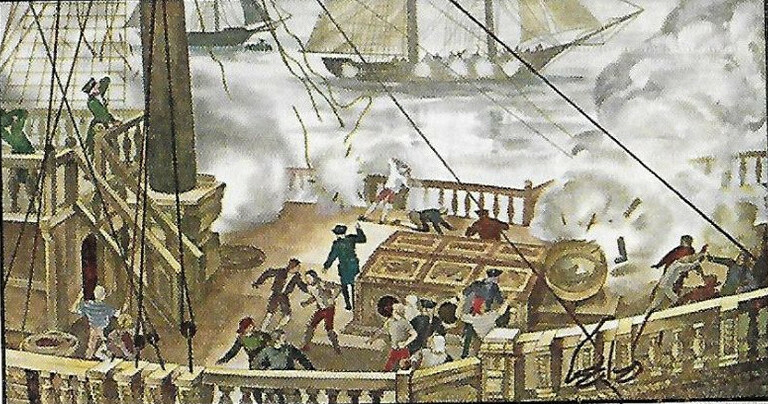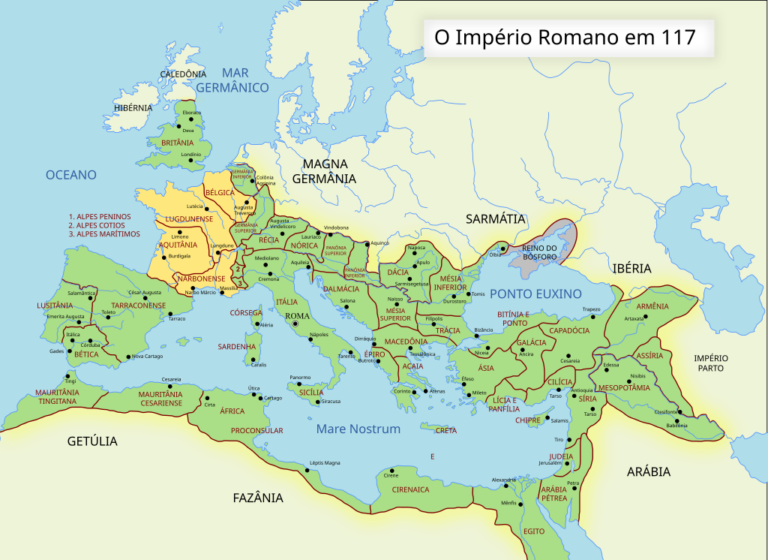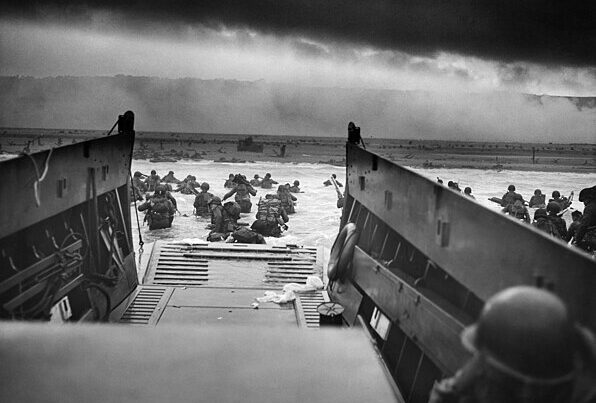
Landscape
World War II was a monumental and devastating conflict that claimed millions of lives across the globe. Among the many countries involved, the United States played a central role in both the European and Pacific theaters. As the war progressed, American forces engaged in a series of intense battles that resulted in significant casualties. From the beaches of Normandy to the jungles of the Pacific Islands, the U.S. military suffered heavy losses in its pursuit to defeat the Axis powers. This article explores some of the most pivotal World War II battles in which U.S. forces experienced the highest fatalities.
1. Battle of Elsenborn Ridge (5,000 U.S. Soldiers Killed) – December 16-26, 1944
As part of the larger Battle of the Bulge, the Battle of Elsenborn Ridge saw fierce fighting in the Ardennes forest. The U.S. forces, primarily consisting of infantry and armored divisions, held off the advancing Nazi German forces despite heavy artillery bombardments and constant assaults. The battle was critical in preventing the Germans from breaking through the Allied lines, but it came at a high price. Approximately 5,000 U.S. soldiers were killed during this intense engagement.
2. Battle of Leyte Gulf (2,800 U.S. Soldiers Killed) – October 23-25, 1944
The Battle of Leyte Gulf was one of the largest naval battles in history and a pivotal moment in the Pacific campaign. U.S. Navy and Allied forces clashed with the Imperial Japanese Navy near the Philippine Islands. The battle effectively destroyed Japan’s ability to resist the American advance in the Pacific. However, it was not without its toll—nearly 2,800 American lives were lost in the naval engagement, with both sailors and airmen sacrificing in the effort to secure victory.
3. D-Day (2,500 U.S. Soldiers Killed on First Day of Operation Overlord) – June 6, 1944
D-Day, the first day of the Allied invasion of Normandy, marked a decisive turning point in the European theater. American forces, along with British and Canadian troops, landed on the beaches of Normandy to begin the liberation of Western Europe from Nazi occupation. The assault was met with fierce resistance from the German defenders, and U.S. forces suffered heavy casualties. On that first day alone, 2,500 American soldiers were killed as they stormed the beaches under a hail of machine-gun fire and artillery shells.
4. Pearl Harbor Attack (2,335 U.S. Soldiers and Civilians Killed) – December 7, 1941
The attack on Pearl Harbor by the Japanese Empire shocked the United States and thrust the nation into the war. Early on the morning of December 7, 1941, Japanese planes bombed the U.S. Pacific Fleet stationed in Hawaii. The surprise attack resulted in the deaths of 2,335 Americans, including both military personnel and civilians. The event galvanized the nation to enter the war, marking a moment of national grief and resolve.
5. Battle of Aachen (2,000 U.S. Soldiers Killed) – October 12-21, 1944
The Battle of Aachen was part of the larger Battle of Hürtgen Forest and represented the first major German city to fall to the Allies during their push into the heart of Nazi Germany. The city was heavily fortified, and its defense by German forces led to fierce urban combat. American forces faced intense resistance as they fought street by street and house by house. Approximately 2,000 U.S. soldiers lost their lives during this hard-fought battle, a grim testament to the brutal nature of the Allied advance.
6. Battle of Tarawa (1,759 U.S. Soldiers Killed) – November 20-23, 1943
One of the first major amphibious assaults of the Pacific War, the Battle of Tarawa took place on the small island of Betio in the Gilbert Islands. The U.S. Marine Corps was tasked with capturing the island from the entrenched Japanese defenders. The battle was marked by heavy casualties, as the Marines faced strong Japanese resistance and poorly prepared landing conditions. Over the course of four days, 1,759 Americans were killed. Despite the high cost, the victory at Tarawa was a significant step forward in the U.S. island-hopping campaign across the Pacific.
7. Naval Battle of Guadalcanal (1,732 U.S. Soldiers Killed) – November 12-15, 1942
The Naval Battle of Guadalcanal was a critical engagement in the Pacific Theater during the Guadalcanal Campaign. Over several days, U.S. and Japanese naval forces clashed in fierce nighttime battles near the Solomon Islands. The U.S. Navy suffered heavy losses as they sought to protect the critical supply lines to American troops on Guadalcanal. Despite the devastating loss of 1,732 American sailors and airmen, the victory significantly weakened Japanese naval capabilities and ensured the continued success of Allied forces in the Solomon Islands.
8. Battle of Savo Island (1,077 U.S. Soldiers Killed) – August 8-9, 1942
As part of the broader Guadalcanal Campaign, the Battle of Savo Island was a disastrous engagement for Allied naval forces. Japanese warships launched a surprise attack on Allied ships guarding the waters near Guadalcanal, resulting in one of the worst defeats in U.S. naval history. The attack left 1,077 Americans dead, with multiple cruisers sunk and others severely damaged. While the battle was a setback for the Allies, it underscored the importance of gaining control over the seas in the Pacific campaign.
9. Battle of Manila (1,010 U.S. Soldiers Killed) – February 3 to March 3, 1945
The Battle of Manila, part of the larger Battle of Luzon, was a brutal urban conflict as U.S. and Filipino forces fought to liberate the Philippine capital from Japanese control. The battle was marked by intense house-to-house combat and widespread destruction, with much of the city reduced to rubble. Approximately 1,010 U.S. soldiers lost their lives during the month-long battle, which ultimately freed Manila from Japanese occupation and brought the Allies closer to the liberation of the Philippines.
Cover photo: Chief Photographer’s Mate (CPHoM) Robert F. Sargent, Second World War: Europe; “Into the Jaws of Death — U.S. Troops wading through water and Nazi gunfire”, circa 1944-06-06.
Related articles:

